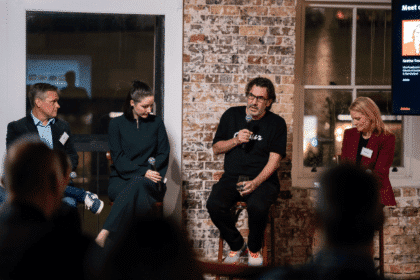In this guest post, head of strategy at SEO Shark, Davide Defendi, offers his top nine search engine hacks for brands to increase their Google ranking…
1. Get your URL on reputable sites
Back links can have a significant positive impact on a site’s search engine ranking, especially if those sites receive considerable traffic. An effective way to get your website URL on such sites is through contributor articles. Offer your industry insight and opinions on other website blogs in exchange for a link to your site. Google will see the organic and credible way that your URL has appeared an external site, and it takes this vote of confidence from peers positively.
2. Design websites for mobile first
Did you know that Google prioritises a mobile version of a website over a desktop version? In 2017, Google announced this switch to a ‘mobile-first index’ which is geared towards the increasing number of searches on smartphones. Companies need to design SEO-friendly mobile websites with searches optimised for mobile first in order to maximise a healthy Google ranking and minimise bounce rates (the number of visitors who leave the site after viewing only one page).
3. Develop micro sites
If your business offers different services that can be segmented, developing micro brands can simplify your marketing messages and target a specific audience better. For example, a company that caters for domestic, commercial and industrial markets should create a different site for each of these sectors. This allows for a tailored SEO strategy for each through specialised keywords, tailored URLs and relevant content. The more tailored your business can be, the better you can communicate and reach your target customer.
4. Blog once a week
It’s no secret that the more content a website has, the easier it is to optimise on a search engine. Often websites do this through a dedicated blog page. Blog pieces, however, should be posted to a blog at least once a week as it signals to Google that the website is ‘active’, encouraging Google to view it more favourably.
5. Use long-tail keywords
Many companies are still blogging for one to two keywords. A tactic to beat bigger brands online is to take into account the entirety of a phrase as this will lead to more visitors on your site. For example, a search for ‘why Apple products are not made to last’ would bring Apple products to your results because it carries the keywords ‘Apple products’, but the longtail keywords of ‘why’ and ‘not made to last’ will bring up blogs and news articles that offer an objective analysis of the Apple’s products.
6. Ensure fast access to key information
Customers lose interest quickly so it’s important for key information on your site – that is, your offerings, pricing and contact information – is clear and easy to access.
7. Have a fast-loading website
A page that takes more than two seconds to load will lead to customers leaving and going to your competitor. It will also result in a high bounce rate, which will hurt your Google rankings.
8. Create a keyword hierarchy
Going into a keyword frenzy on your site can be a tempting way to drive rankings. However, Google picks up on these subtleties and will punish sites that do this. It’s recommended that variations of a keyword are used to ensure keyword content is still relevant. For example, a pool cleaning provider would have the phrase ‘pool cleaning equipment’ as its main keyword – this is best to use on its H1 heading (title or first heading in an article) and its URL. To make use of alternative keywords, ‘cleaner’, ‘filter’, and ‘service’ should be used across other content.
9. Have 1500-2000 words per page
It’s important for Google to have enough website content to crawl through and analyse its relevance, so pages containing 1500-2000 words will often trump pages with a word count of 300-800. Google regards the latter as having lower potential to develop in-depth talking points – bringing less value to readers. A clever way to develop new content when you’re running out of ways to say the same thing is to recycle old content with new paragraphs and multimedia – anything that can update the old source is favourable.
For more on SEO Shark, you can visit their website – https://www.seoshark.com.au








